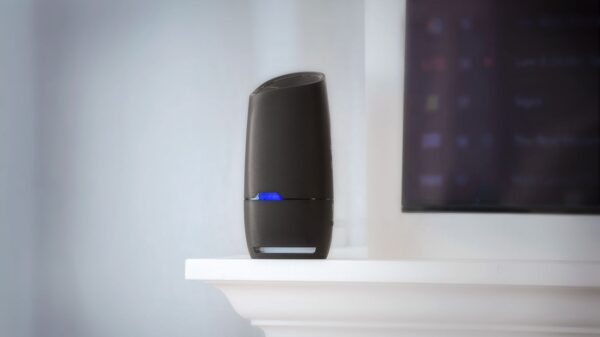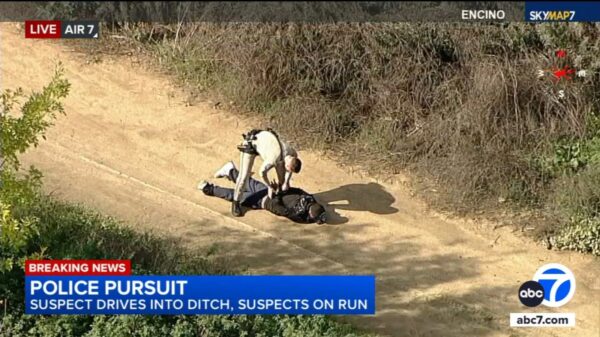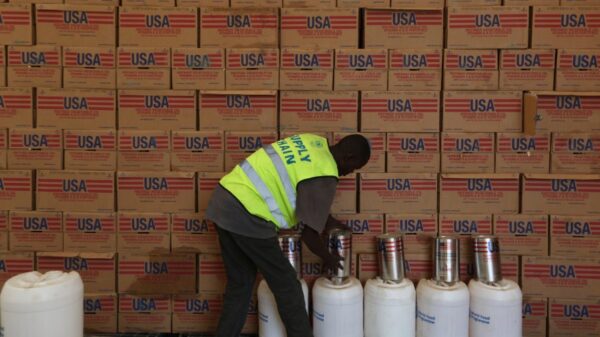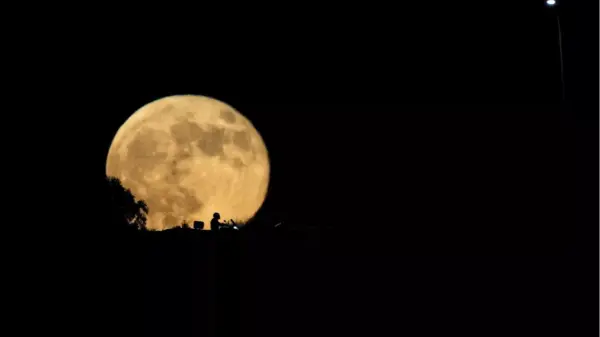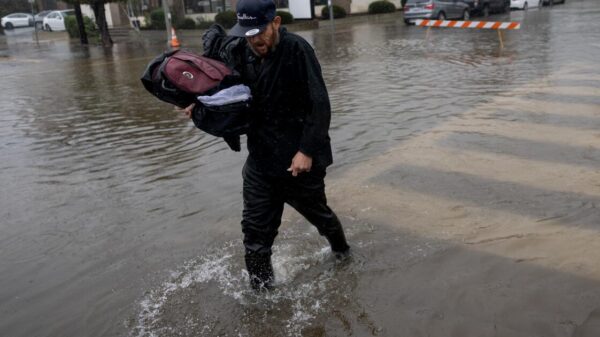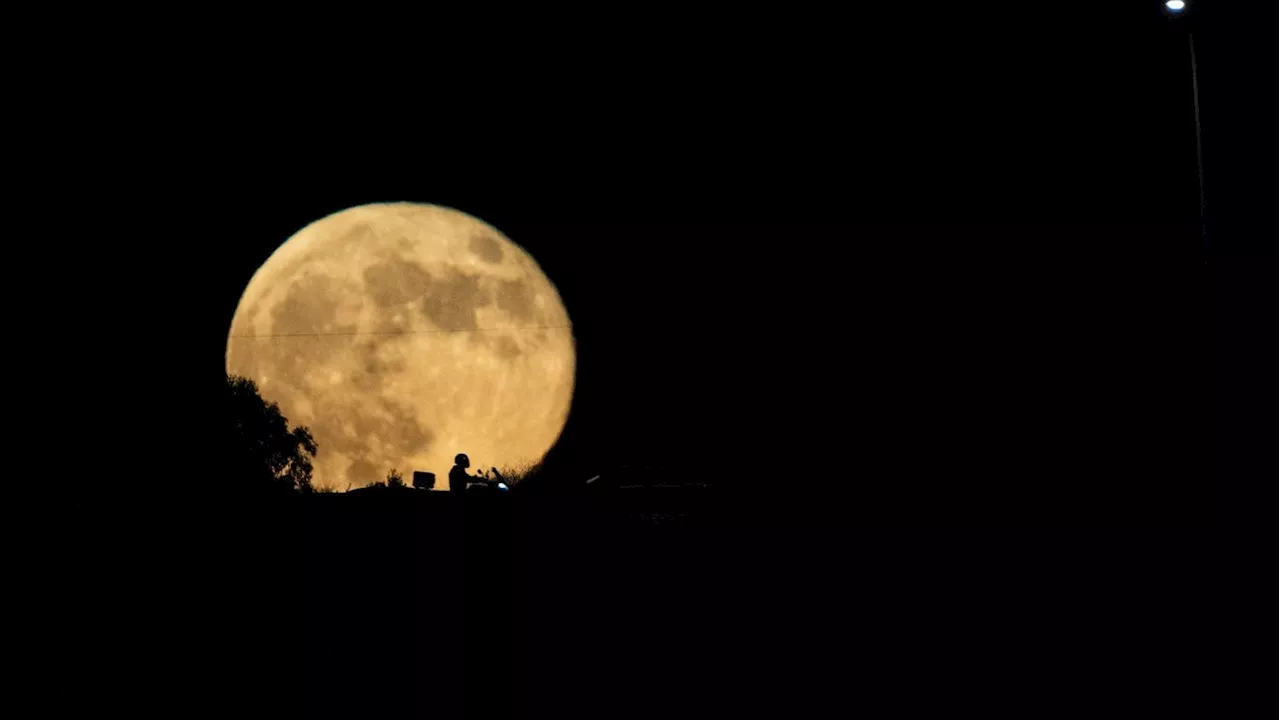NASA scientists are currently monitoring asteroid YR4, which has an estimated 4% chance of colliding with the moon in 2032. While the potential for an impact on Earth, often referred to as a “city killer,” has been largely dismissed, researchers are exploring advanced measures to alter the asteroid’s trajectory.
Asteroid YR4 is notable for its size and the implications of a collision with the moon. According to a recent paper co-authored by NASA researchers and scientists from various institutions, the possibility of using a nuclear explosion to redirect or destroy the asteroid has been proposed. This method could serve as a viable option if the situation escalates.
Monitoring and Potential Impact
Cristina Thomas, an associate professor of Astronomy and Planetary Science at Northern Arizona University and a member of NASA’s Double Asteroid Redirection Test (DART) team, highlighted the significance of tracking such celestial objects. “We are concerned because it is our responsibility to keep track of these objects and to understand what is going to happen,” Thomas stated.
The DART mission previously demonstrated the feasibility of altering an asteroid’s path. Thomas explained that if scientists can detect potential threats years or decades in advance, even a minor adjustment to the asteroid’s trajectory could result in a substantial deviation over time. “If you’re able to do that, then that object would miss the Earth entirely,” she added.
The implications of a lunar impact from YR4, while less catastrophic than an Earth collision, still warrant careful observation. Thomas noted that if the asteroid were to hit the moon, the situation would likely be manageable. Concerns exist regarding the safety of satellites and the International Space Station, underscoring the importance of ongoing monitoring and predictive modeling.
Future Observations and Research
Currently, YR4 is not visible, but it is expected to be observable again in February 2025 with the aid of the James Webb Telescope. This observation period could provide critical data, either confirming or reducing the likelihood of a lunar impact. Such information will be instrumental for scientists as they refine their response strategies.
In the event of a collision with the moon, there could be additional consequences, including the potential for a visually impressive meteor shower. The scientific community is actively assessing the outcomes of such an event, as well as the opportunities for enhanced observation techniques.
NASA’s commitment to monitoring near-Earth objects like YR4 illustrates the agency’s proactive approach to planetary defense. The ongoing research aims to improve understanding of these celestial bodies and evaluate the best methods for potential deflection or destruction if necessary.
As the scientific community continues to explore these options, the focus remains on safeguarding both Earth and its orbital neighborhood from potential threats.


